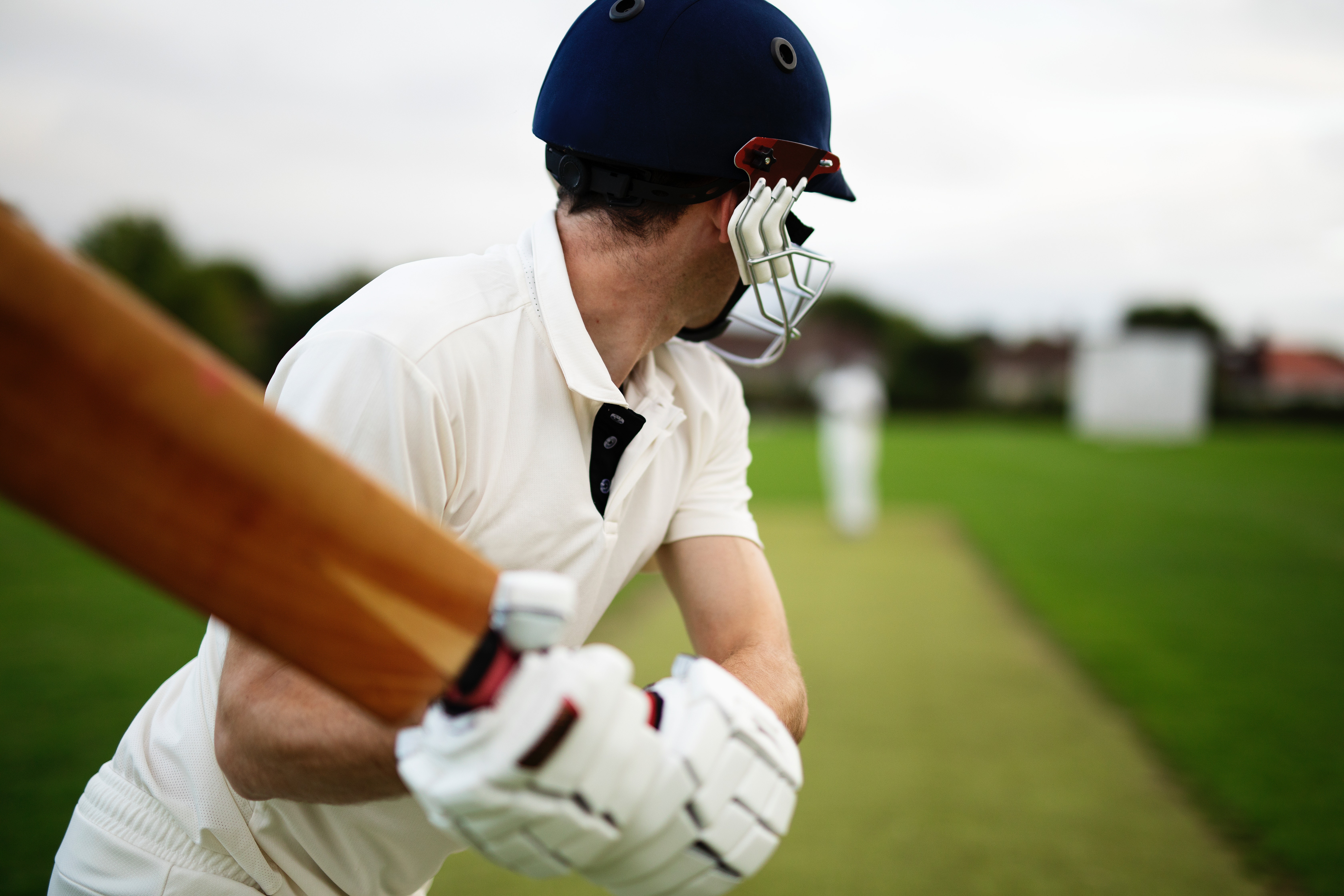With the summer months in full swing and the Cricket World Cup just ending in a thrilling England win, schools and sports clubs are seeing bags of interest in the game. And there’s so much more to it than just wickets, a bat and ball. When a game of cricket is a regular event, there’s other apparatus, such as a cricket sight screen, which can help to improve play at all levels.
At CJ Sport Surfaces, we’ve installed cricket sight screens as part of complete cricket pitch construction up and down the UK, for many years. So, if you’re wondering about the role of cricket sight screens and would like to find out more about getting one installed, read on for more details.
The benefits of cricket sight screens
Cricket sight screens are a large white or black screen which is placed on the cricket field in a specific place, where it will create a strong contrast with the ball, in order to give the batsman the best view of the bowler and ball speeding towards him or her.
With a more natural background in front of you, the small red or pink cricket ball, which is traditionally used in a test match, can be hard to see, especially when delivered at speed. As such, the white cricket screen helps to highlight the heavy object, which can move at speeds of up to 80mph plus.
In addition to enabling better sight of the ball, the large sight screen, which is around 4m high and 4m wide, can help reduce distraction from spectators that are in the line of vision of the batsman.
The most popular cricket sight screens are the white ones, which are most commonly used in schools and local grounds, with the black cricket sight screens used in limited over events, such as a Twenty20 International or ODI, where a white ball is in play.
When different types of cricket games are played, sight screens can also be black on one side and white on the other, such as the Twenty20 uPVC Sight Screen.
They are also normally mounted on wheels for easy manoevrability, to ensure whatever side is most appropriate is facing the batsman. The wheels mean it can be placed at either end of the pitch and wheeled away for storage when no longer in use.
Different types of cricket sight screen
There are several different types of sight screen which can be installed, depending on budget and specific requirements. We can provide the following:
- Timber sight screen
- Polyethylene sight screen
- UPVC sight screen
- Twenty20 uPVC Sight Screen
- Mesh fabric sight screen
A cricket sight screen is often made using around 12 slats, rather than a flat screen, so that wind can pass through it, meaning there’s less likelihood of it blowing over. Increasingly clubs and schools are opting for the plastic or mesh over the wooden frame, because there’s less maintenance involved and they’re much lighter, therefore easier to move.
Need a cricket sight screen for your school or club?
To find out more about our range of cricket sight screens and to discuss getting one installed for your cricket pitch, get in touch with a member of our team today.

